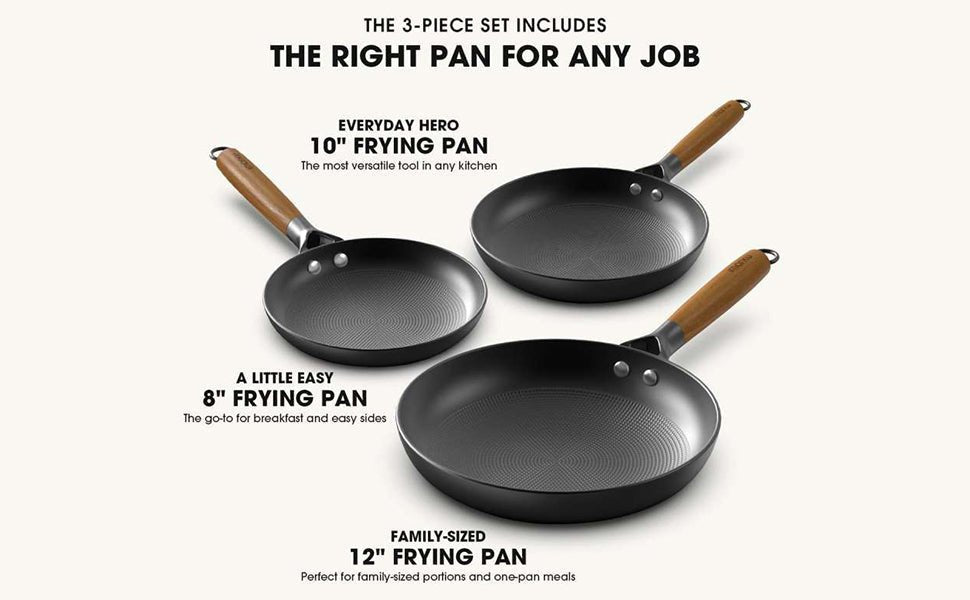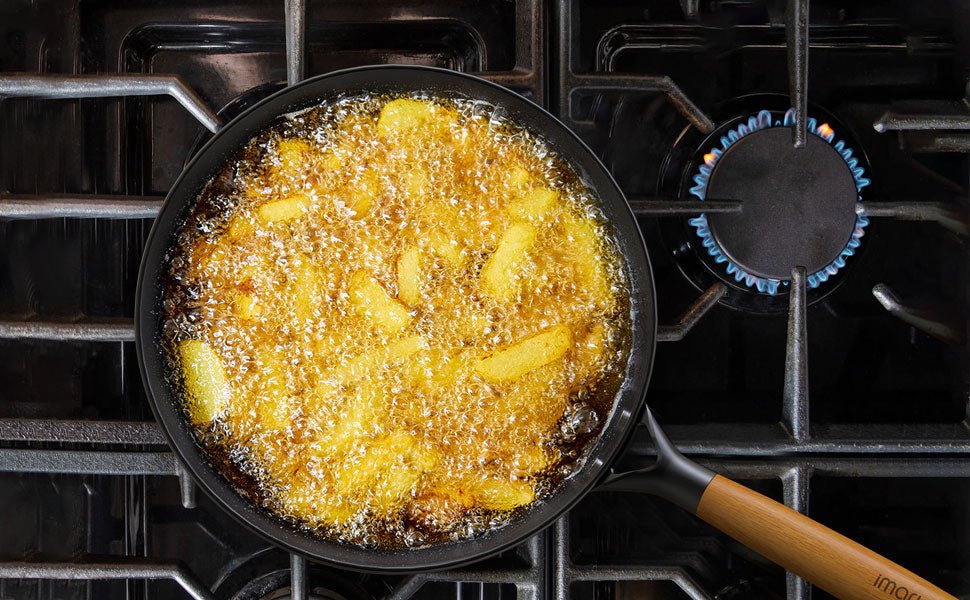Filters
4 products

An In-Depth Look at the Imarku Cast Iron Honeycomb Nonstick Pan Set
Introduction I’m not a professional chef, but I prepare breakfast daily and cook occasionally, so I was thrilled to receive the three-piece set of imarku Cast Iron Honeycomb Nonstick Skillets for r...

What are the best foods to cook in a cast iron pan?
Introduction A cast iron skillet is an extremely versatile kitchen tool that is loved by home cooks and professional chefs alike. It can be used for a variety of cooking methods, including frying, ...

Ceramic Cookware VS Stainless Steel (Pros and Cons)
You're contemplating between stainless steel and ceramic cookware but are unsure which to choose. Each option has advantages and disadvantages. You will therefore learn about the benefits and drawb...
imarku's santoku knife makes meal prep quicker and fun and no longer a tedious and necessary chore.

Every home chef should always have this highly-rated and all-purpose imarku chef's knife on hand.

The Imarku stands out for its sharpness, comfort, and flexibility, making it my top choice.

That's one thing you won't have to worry about with the affordable but ultra-slick Imarku Chef's Knife.

The handle minimizes fatigue and finger aches, while the chrome blade is anti-corrosion and anti-tarnish.
